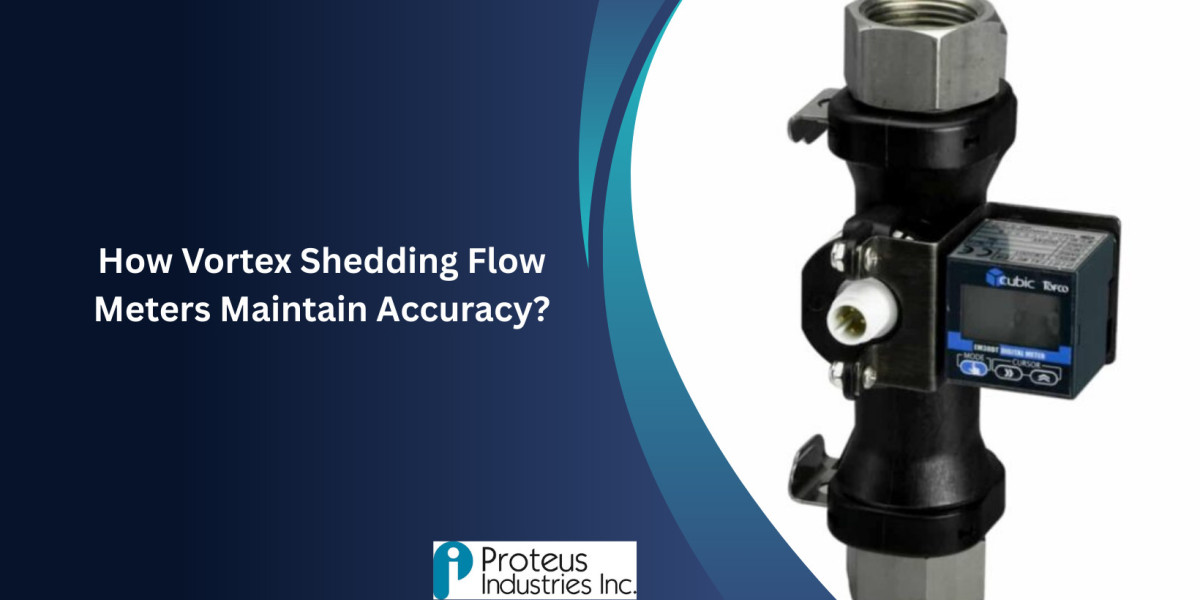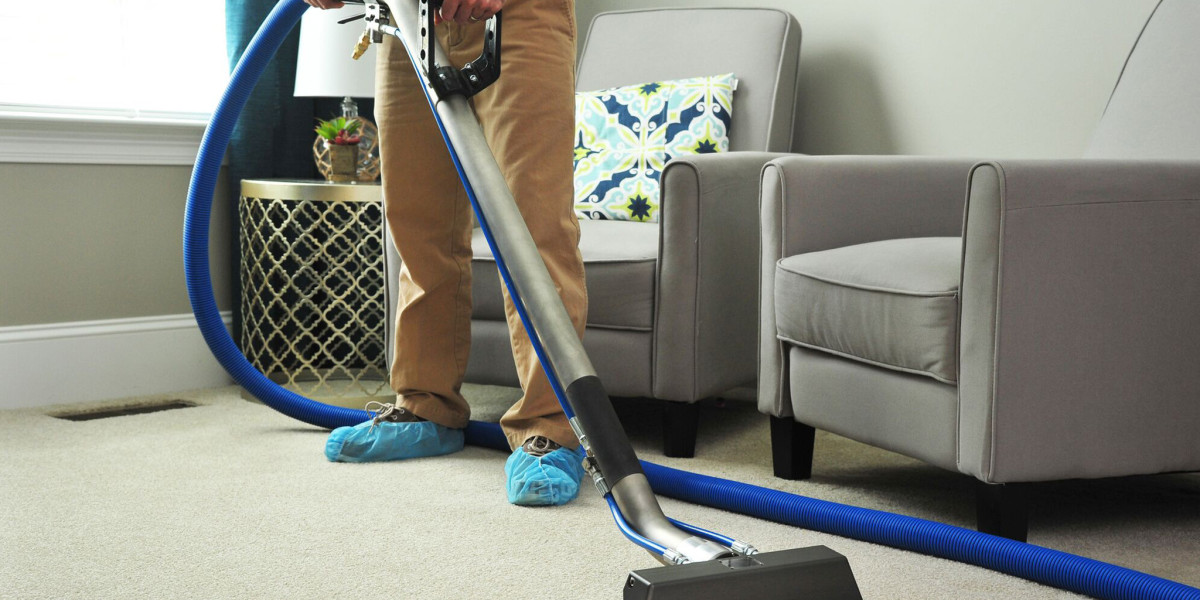In the world of industrial flow measurement, precision and reliability are paramount for maintaining operational efficiency and ensuring accurate process control. Among the various flow measurement technologies available today, the vortex shedding flow meter stands out as a robust and highly precise solution that has gained widespread adoption across numerous industries. These sophisticated instruments leverage the fundamental principles of fluid dynamics to deliver consistent, reliable measurements while maintaining exceptional accuracy under diverse operating conditions.
Understanding the Vortex Shedding Principle
The foundation of vortex flow meter accuracy lies in understanding the Kármán vortex street phenomenon, first described by physicist Theodore von Kármán. When fluid flows past a bluff body (typically a triangular or trapezoidal obstruction placed perpendicular to the flow), it creates alternating vortices that shed from either side of the body at regular intervals. This natural occurrence forms what's known as a vortex street downstream of the obstruction.
The frequency at which these vortices are shed is directly proportional to the fluid velocity, creating a linear relationship that forms the basis for accurate flow measurement. This fundamental principle means that vortex flow meters can maintain consistent accuracy across a wide range of flow rates, making them particularly valuable in applications where flow conditions may vary significantly.
The Strouhal number, a dimensionless parameter that relates the vortex shedding frequency to the fluid velocity and the width of the bluff body, remains remarkably constant over a wide Reynolds number range. This stability is crucial for maintaining measurement accuracy, as it ensures that the relationship between vortex frequency and flow rate remains predictable and reliable.
Key Factors Contributing to Accuracy
One of the most significant factors affecting flow meter accuracy is the variation in fluid density due to temperature and pressure changes. Advanced vortex flow meters incorporate sophisticated compensation algorithms that continuously adjust measurements based on real-time temperature and pressure readings. This compensation is particularly crucial when measuring gases, where density variations can be substantial.
Modern vortex meters often feature integrated temperature and pressure sensors that work in conjunction with the primary flow measurement system. These sensors provide instantaneous feedback, allowing the meter's electronics to calculate the actual fluid density and adjust the flow calculation accordingly. This real-time compensation ensures that accuracy is maintained even when operating conditions deviate from the calibration baseline.
Advanced Signal Processing
The accuracy of vortex flow meters heavily depends on their ability to detect and process the vortex shedding signal effectively. Modern instruments employ sophisticated digital signal processing techniques that can distinguish the true vortex signal from background noise and vibrations. These systems use multiple filtering techniques, including frequency domain analysis and adaptive filtering algorithms, to isolate the vortex frequency from unwanted interference.
Spectral analysis techniques allow the meter to identify the characteristic frequency of vortex shedding even in the presence of pipeline vibrations or other mechanical disturbances. By focusing on the specific frequency signature of the vortices, these systems can maintain accuracy in challenging industrial environments where traditional flow meters might struggle.
Sensor Technology and Design
The physical design and sensor technology employed in vortex flow meters play a critical role in maintaining accuracy. High-quality sensors, such as piezoelectric crystals or capacitive elements, are strategically positioned to detect the pressure fluctuations caused by vortex shedding. The sensitivity and stability of these sensors directly impact the meter's ability to estimate low-frequency vortex signals accurately.
Modern vortex meters often incorporate multiple sensors to provide redundancy and improved signal quality. Differential measurement techniques, where sensors are positioned on opposite sides of the bluff body, help cancel out common-mode noise while amplifying the desired vortex signal. This approach significantly improves the signal-to-noise ratio and enhances overall measurement accuracy.
Calibration and Linearity Explained: Achieving Precision in Flow Systems
The inherent linearity of vortex flow meters is one of their greatest advantages in maintaining accuracy across wide flow ranges. Unlike some other flow measurement technologies that require multiple calibration points or complex curve-fitting algorithms, vortex meters typically exhibit excellent linearity over their entire operational range.
Factory calibration of vortex flow meters involves testing across multiple flow rates using certified reference standards. The calibration process establishes the meter's K-factor, which relates the vortex shedding frequency to the actual flow rate. This K-factor remains stable over time, contributing to the long-term precision and reliability of the measurement.
Regular calibration verification and maintenance are essential for preserving accuracy. Many modern vortex meters include diagnostic features that monitor the health of the measurement system and alert operators to potential accuracy degradation. These self-diagnostic capabilities help maintain optimal performance and reduce the risk of measurement errors.
Environmental Considerations
Vortex flow meters maintain accuracy across a wide range of environmental conditions, but several factors must be considered to ensure optimal performance. Pipeline vibrations, electromagnetic interference, and installation effects can all impact measurement accuracy if not properly addressed.
Installation practices significantly influence accuracy. Proper upstream and downstream piping configurations are essential to ensure fully developed flow profiles and minimise flow disturbances. Most manufacturers provide detailed installation guidelines that specify minimum straight pipe requirements and recommend flow conditioning techniques when necessary.
The robust construction of quality vortex flow meters, such as those in professional product lines, ensures stable performance even in harsh industrial environments. These instruments are designed to withstand temperature extremes, pressure variations, and corrosive media while maintaining their calibrated accuracy.
Digital Integration and Smart Features
Modern vortex flow meters incorporate advanced digital technologies that enhance accuracy and provide valuable diagnostic information. Smart meters equipped with digital communication protocols enable remote monitoring and configuration, allowing operators to optimise performance without requiring physical access to the instrument.
Advanced diagnostic features include empty pipe detection, which prevents erroneous readings when the pipe is not full, and flow direction detection, which ensures accurate measurement regardless of flow direction changes. These intelligent features help maintain accuracy by automatically compensating for various operating conditions.
Maintenance and Long-Term Accuracy
The maintenance requirements for vortex flow meters are generally minimal, which contributes to their long-term accuracy and reliability. Unlike mechanical flow meters with moving parts that can wear over time, vortex meters have no moving components in contact with the flowing fluid, reducing maintenance needs and preserving accuracy.
Regular inspection of the bluff body for erosion or damage is important, as changes to its geometry can affect the vortex shedding characteristics and impact accuracy. However, the robust design of quality meters minimises the risk of such issues under normal operating conditions.
Conclusion
Vortex shedding flow meters maintain their exceptional accuracy through a combination of sound physical principles, advanced sensor technology, and sophisticated signal processing techniques. Their inherent linearity, combined with effective temperature and pressure compensation, ensures reliable measurements across wide operating ranges. The robust design and minimal maintenance requirements make them an excellent choice for long-term accuracy in demanding industrial applications.
The continued advancement in digital technologies and signal processing capabilities promises even greater accuracy and reliability in future generations of vortex flow meters. As industries continue to demand higher precision in flow measurement, vortex technology remains at the vanguard of accurate, reliable flow measurement solutions.
For applications requiring the highest levels of accuracy and reliability, modern vortex flow meters represent an optimal proportion of performance, durability, and cost-effectiveness, making them indispensable tools in today's industrial measurement landscape.



